FULL SUN
Full sun
pH
Neutral to slightly acid
FEEDING
Organic Phosphorus
PLANTING
October- February
The carrot is domesticated from wild carrots commonly referred to as Queen Annes Lace. It is believed to have originated in Persia where it was grown for its leaves and seeds. However, it is considered native to Europe and Southwest Asia.
The carrot belongs to the Apiaceae family of plants, formerly known as the umbellifers. Plants in this family form an umbel shaped flower head and are very popular with pollinators and predatory bugs. Growing plants in this family is an excellent way to create a healthy garden with lots of natural pest control.
Carrots are biennial, which means they need two seasons to flower. In the first season, they will grow the edible taproot. If not picked, the tops will later develop the flowers and eventually seed heads. However in our climate, if they are left in the ground after spring, they will form seed heads by fall of the same year.
Carrots are easy to grow, however, many desert gardeners are disappointed by their carrots crops. By following our grow guide, success is within reach
VARIETIES
Danvers: This is a very reliable variety that is excellent for beginners or those who are having little success with carrots. It is tolerant of less than favorable soils. It is a dense variety that van be eaten raw but is great for cooking.
St Valery: This is an elegant tapered carrot that is also easy to grow. It produced tender-crisp carrots that are perfect for fresh eating and require very little cooking.
Cosmic Purple: A very attractive variety, that take a little longer to grow than the other varieties, and has a lower germination rate. It is purple-skinned with orange flesh inside that can be quite strong tasting, slightly bitter at times, However, it has lovely color and looks fantastic in a bunch of mixed carrots.
Atomic. Red: Also a very beautifully colored carrot. These have a solid dense flesh that is a lovely red both inside and out.
Jaune Obtuse Du Doubs: A lovely lemon-colored carrot that is more flavorful than most yellow varieties. It is a slow grower though, but it is quite robust
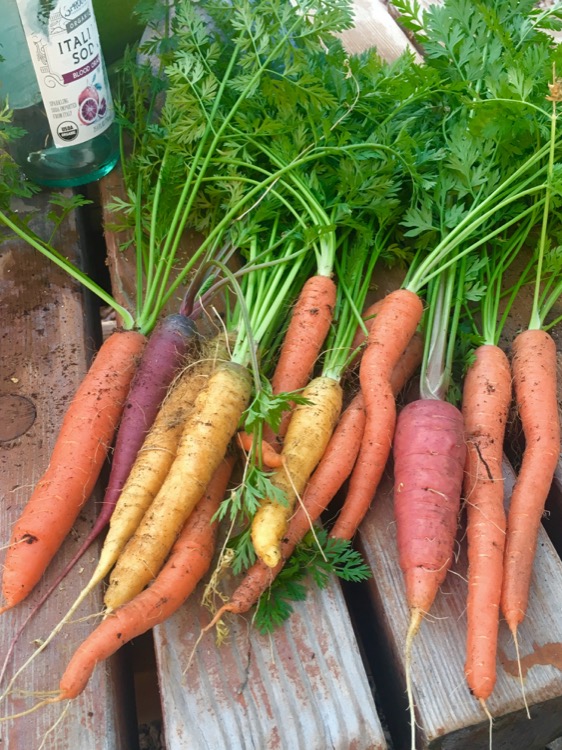
HOW TO GROW
- The first step is planting carrots at the correct time of the year in our desert climate. They are best planted starting in October and can be succession sown until February.
- Carrots need loose well-draining soil to grow best. Fine good quality compost is needed as well as building sand or washed sand. Home Depot and Lowes carry bags of the correct type of sand in the gardening center where the paving can be found.
- In-ground. They will not do well in unamended native clay. While the mineral content of native soil is excellent and makes for healthier carrots, the soil is too dense and cloggy for carrots. Amend well with a fine compost, sift the compost if possible and use lots of it. Also, add in building sand. The final carrot bed should feel very loose and well-draining.
- Raised Beds and Containers. Make the soil mix with fine compost, a fine or sifted raised bed or potting mix, building sand and native clay. Native clay adds minerals to the blend and also helps to retain moisture but do not add more than 1/3 part of native clay. The soil should be loose and well-draining. They can be grown in a variety of containers even one as small as a 3 gallon. As long as the container is at least twelve inches deep, it can be used to grow carrots.
- Additional amendments. Add are a good source of organic phosphorus that will break down quickly. Seabird guano or bat guano with a high phosphorus content is perfect. Worm castings are also a good amendment. Do not add additional nitrogen.
- To plant the seeds make shallow rows. Mix some seed with a bit of soil then sprinkle in the rows. The soil will help get a better spread of the seeds to prevent the need for too much thinning of the seedlings. A salt shaker also works well. Cover very lightly. A good guide is that seeds should be planted no deeper than the size they are.
- For good germination, the seeds will need to be kept moist consistently. In October, temperatures are still quite high and soils dry out quickly. Cover the planted seeds with burlap or cheesecloth and water twice a day until germination.
- Carrot seeds take 6-21 days to germinate. The ideal soil temperature for germination is around 75 degrees, but they will germinate when soil temperatures are between 50 and 85 degrees.
- Once they have started to germinate, they will need light. Remove the burlap or cheesecloth. Stick a few short stakes in the ground and drape some tulle over. Secure the tulle in place with rocks. This will provide some shade, but more importantly, it will keep birds and other animals from digging up the carrots.
- Once they are about five inches tall, the tulle can be removed.
- Check soil moisture frequently, do not allow the soil to go completely dry. As they start to get larger, deeper less frequent watering will be best.
- As carrots start to get larger they may require some thinning. Thin when they are the size of baby carrots so that the thinnings can be eaten. For the more slender varieties, one to two inches apart is sufficient spacing.
- Carrots do not need any winter protection from frosts and freezers. The tops may look damaged, but the roots below will be fine.
POSSIBLE ISSUES
No /low germination
This could be due to seed variety, or seed quality, however, the most common reason for this is not maintaining consistent moisture at planting time. Cover the seedling with burlap or cheesecloth to prevent from drying out in between watering and keep in mind they will need to be watered at least twice a day until germination. Young Seedlings will not have developed much of a root and will still require water twice a day until they get a bit larger.
Takes Long To Mature
This is due to several reasons. Carrots need full sun for 6-8 to grow according to the days mentioned on the seed packet. If they are getting less sun than this they will grow slower. Additionally, carrots are typically planted in sporing as temperatures start to warm up. We plant as temperatures start to cool down, this cool down will slow down growth during the winter months.
Huge Top Growth, Small Roots
Too much nitrogen was used. Do not add additional nitrogen to the soil when planting as this will result in larger top growth and undeveloped roots.
Misformed/Small/Fibrous Roots
The soil conditions were not good. Rocky and dense soils will cause these issues.
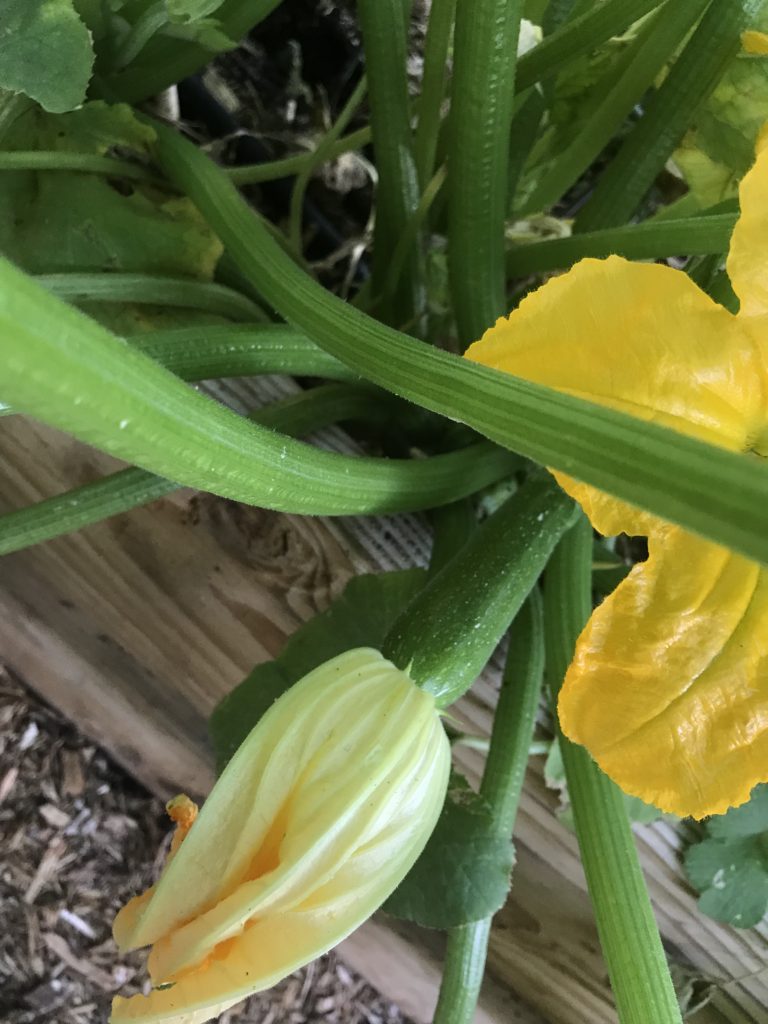
COMPANIONS
Grow them next radishes, garlic, onions, chives, and flax. If you are planning to save seed, do not grow them near Queen Annes Lace, and be aware that varieties can cross-pollinate.
HARVESTING
To get an idea of the size of your carrots, you can carefully remove some of the soil around the stems with your fingers until you can feel the outline of the root. At this point, you may remove the carrot to see get an even better idea of the size, or if the circumference of the root is still very small, you could cover it up again and check back in a week.
Once removed from the ground, carrots cannot be replanted to grow larger. Carrot tops may be placed in water or back into the ground and will continue to grow. They will not form a new edible root but will flower and set seed.

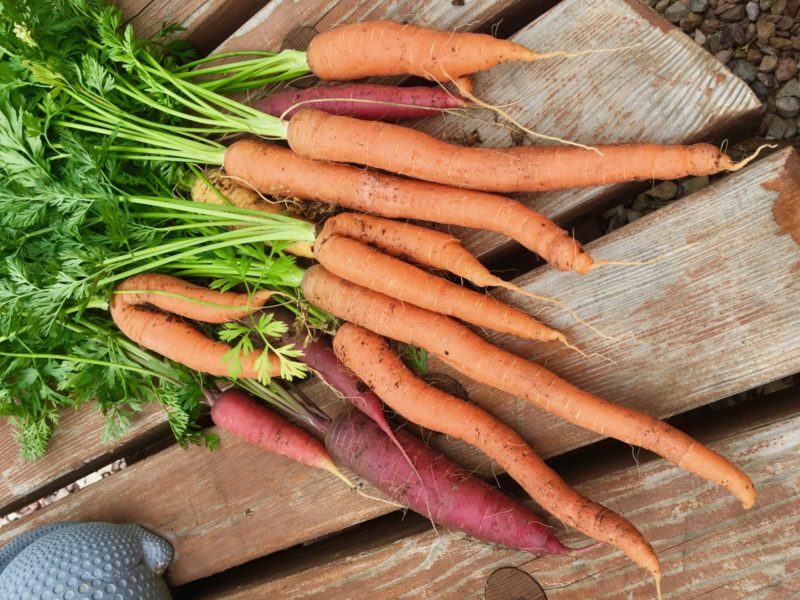
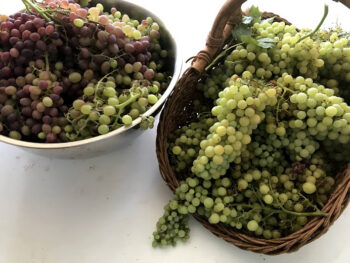
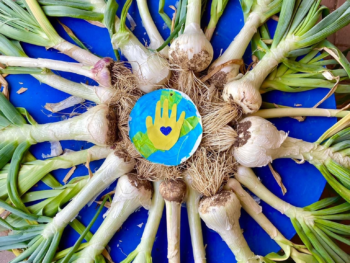
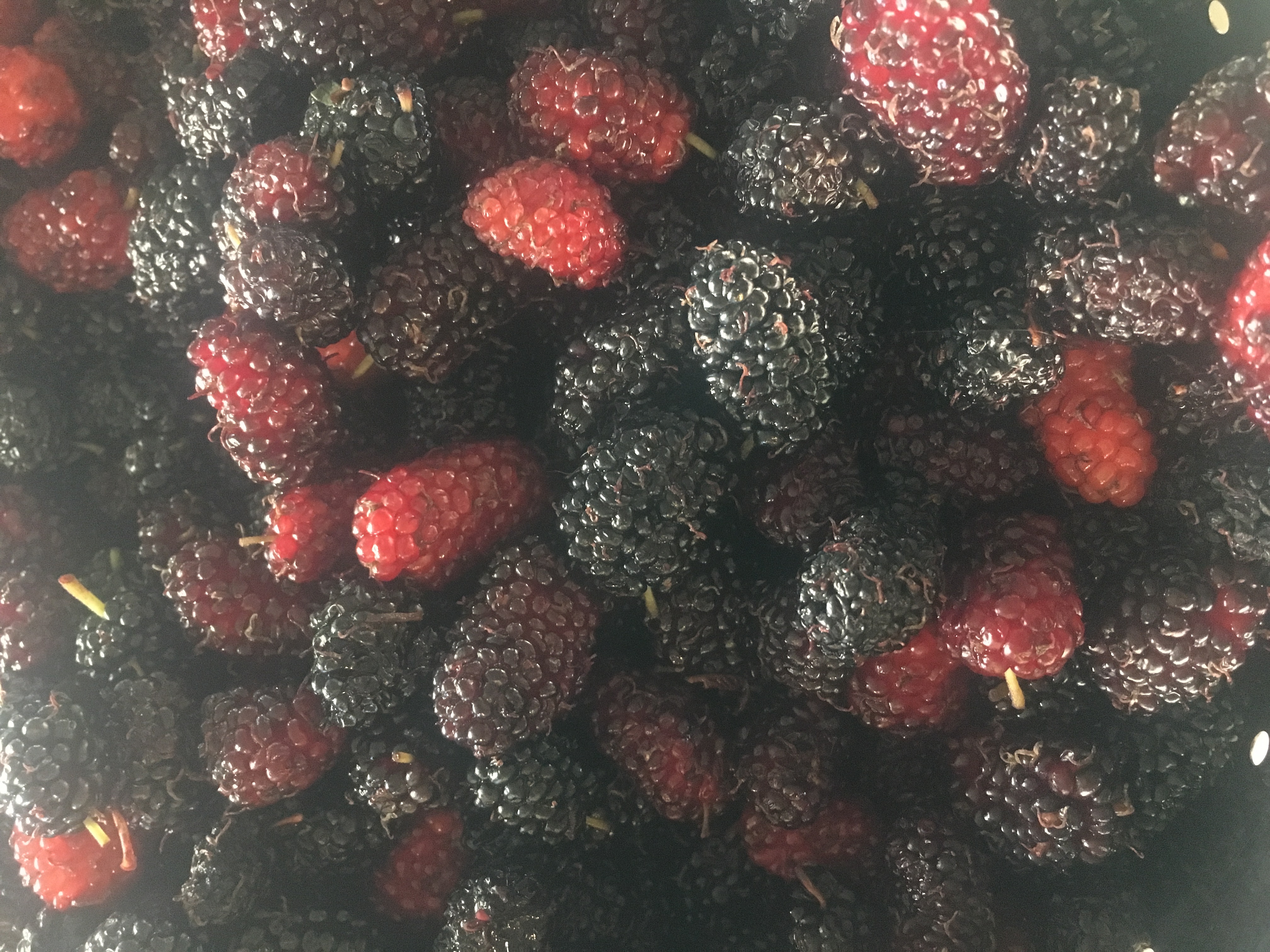
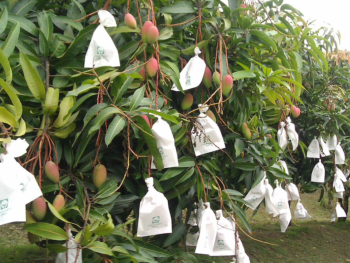
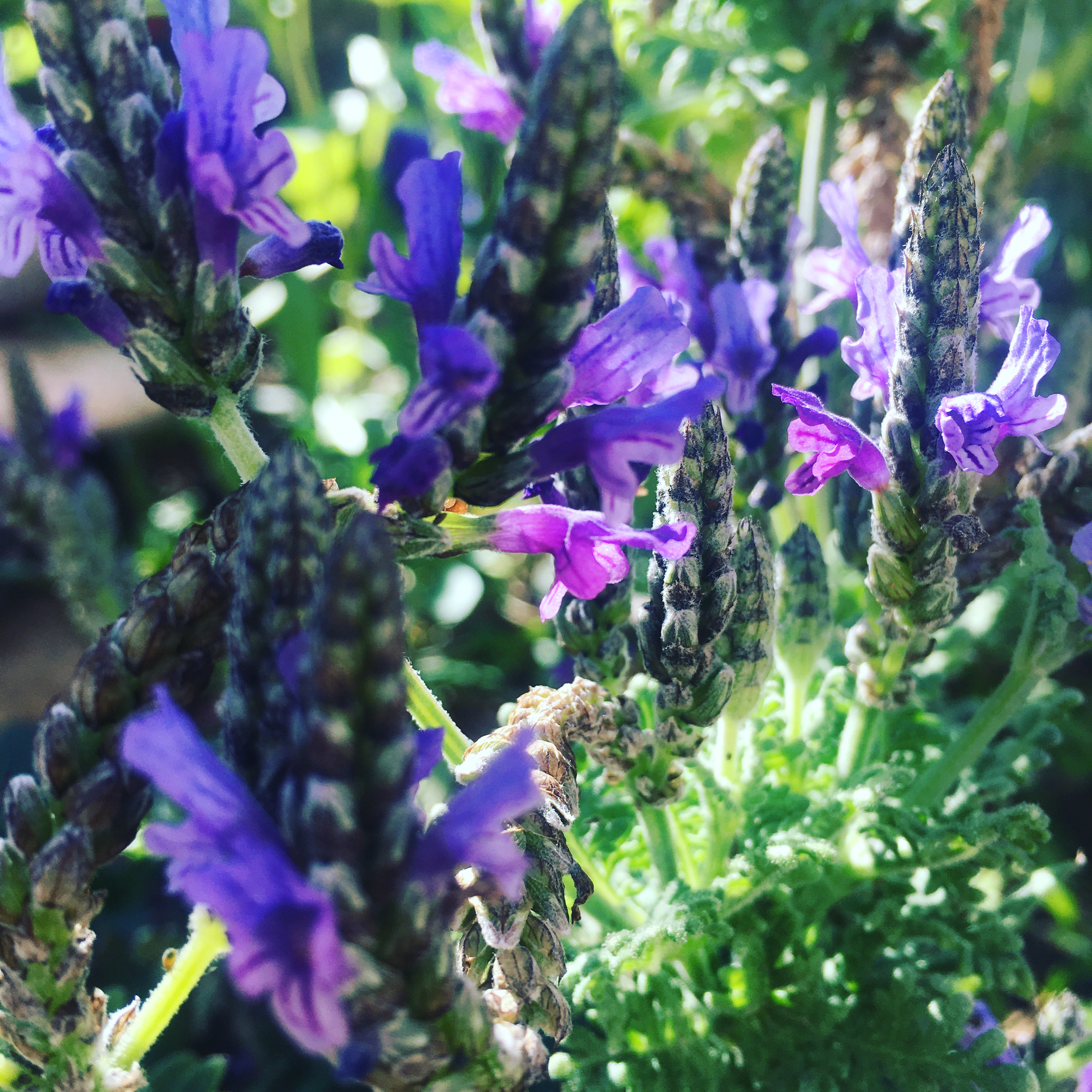
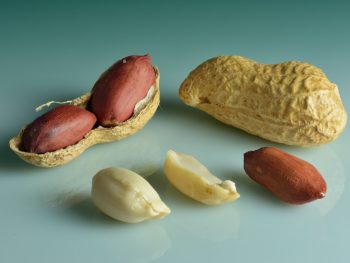
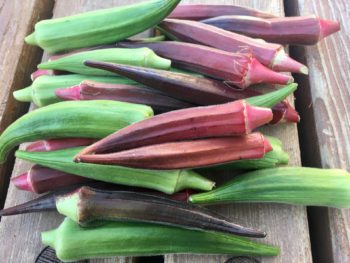
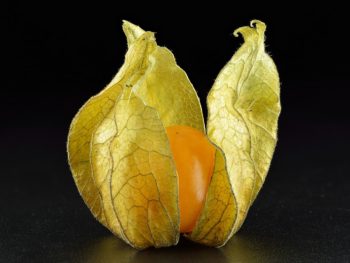
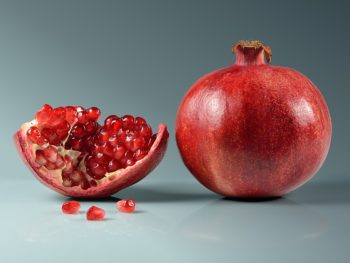
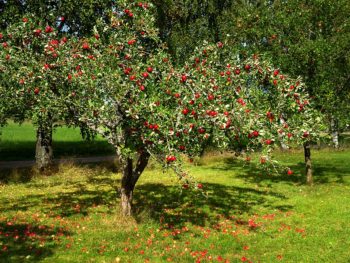
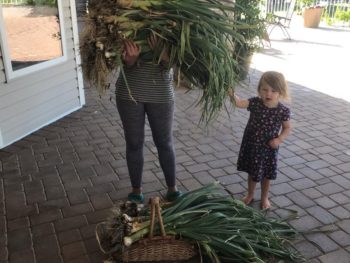
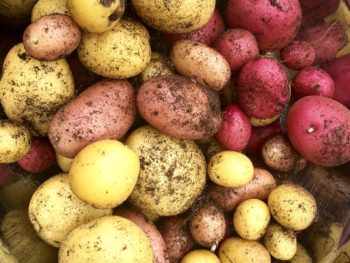
 Have You Tried Fig Leaf Syrup?
Have You Tried Fig Leaf Syrup?